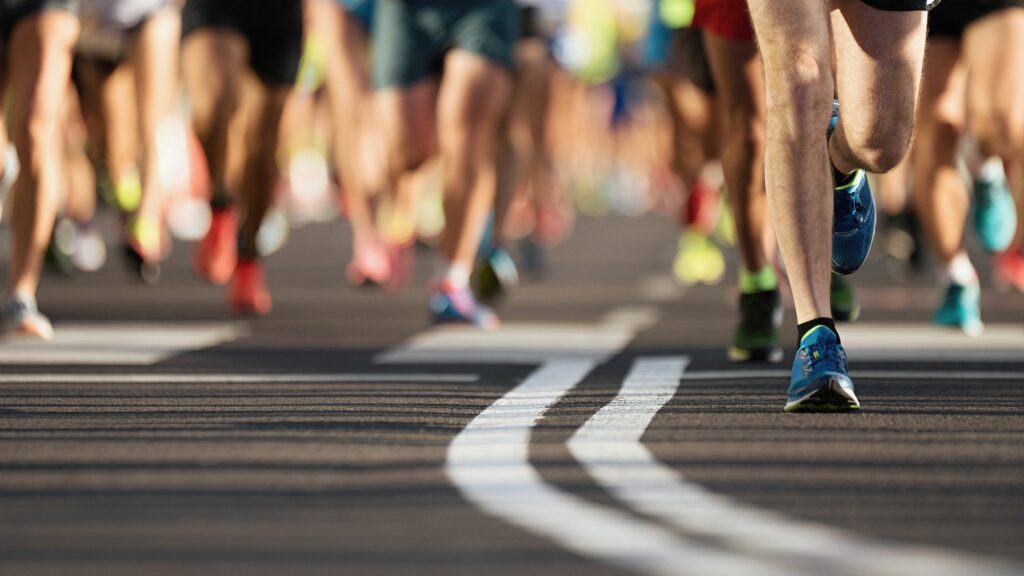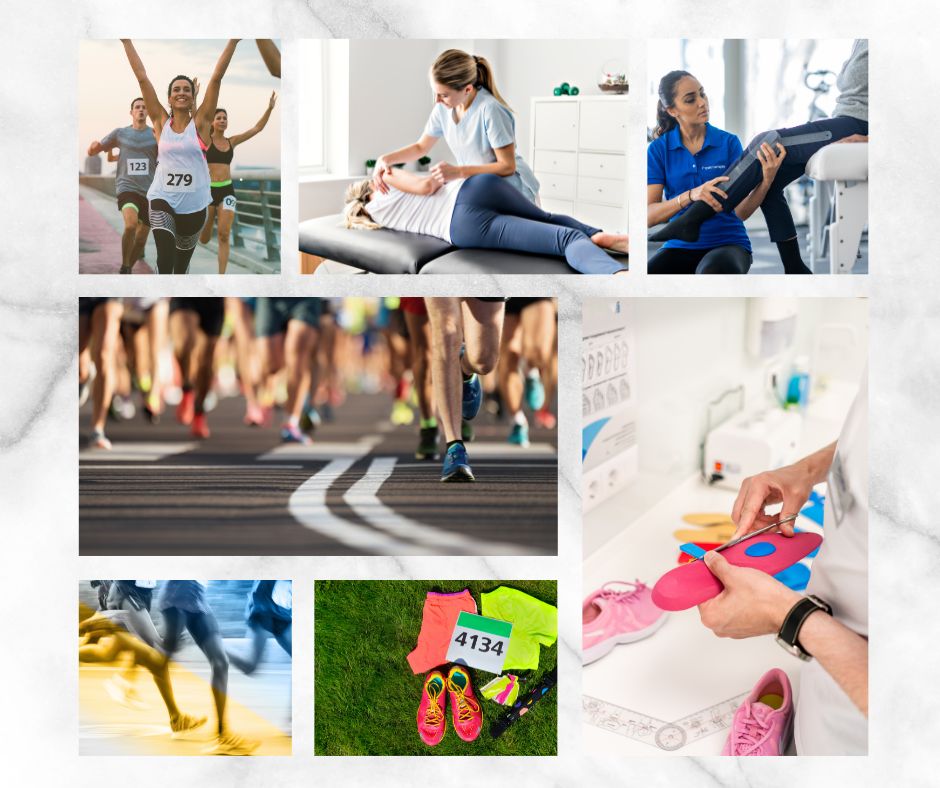
Maximising Performance and Minimising Injuries: The London Marathon Journey
The London Marathon stands as a gleaming beacon for runners across the world. It is a challenge that blends the historic grandeur of the city with the modern quest for pushing individual limits. Athletes preparing for this gruelling event understand the dual nature of their training routine: the necessity of effort and the equal importance of safeguarding against potential injuries that lurk on the lengthy race to the finish line.
In this comprehensive guide, we dissect the measures essential for runners in the London Marathon and indeed any endurance pursuit, to marry robust performance with injury resilience. We’ll unveil the pivotal roles of physiotherapy and custom orthotics in creating a sustainable marathon strategy, ensuring that each stride is a step further towards victory, not a potential pitfall due to injury.
The Crucial Junction: Understanding the Importance of Injury Prevention
Prioritising injury prevention is not merely sage advice for marathon runners; the unsung hero maintains the narrative of a successful race. To log those high-mileage weeks, practitioners must appreciate the thin line between pushing the envelope and overexertion. Understanding biomechanical thresholds and recognising the early warning signals of fatigue and strain are skills as valuable as clocking the miles.
The Science of Safeguarding Your Stride
Marathon training elicits tremendous stress on the musculoskeletal system, inviting potential risks ranging from microscopic tears in muscle fibres and overuse syndromes to insidious joint deviations. Establishing a training regimen that respects the principles of progression and periodisation is the first layer of this preventive shield. Supplementary to this are tactics such as regular mobility assessments and diversification of workout routines, incorporating not just road runs but strength training and adaptive cross-training activities.
The Role of Monitoring Progress: Tech Meets Tradition
Modernity blesses the runner with an array of electronic trackers and performance monitors that provide nifty insights. However, these digital twins should complement, not dominate, the runner’s introspective understanding of their body’s subtle clues. Devise an intuitive system that oscillates between high-tech data and deeply personalised understanding.
Diagnosis, Dexterity and Development: Your Physiotherapist’s Toolkit
As qualified physiotherapists, we have a toolkit enriched by diagnostics, treatment modalities and expert program development. Through gait analysis, physical examinations we seeks to uncover hidden biomechanical imbalances that could potentially derail the marathoner’s ambitions. With treatments ranging from ultra-sonic therapy to manual manipulations, physiotherapists become conductors of the marathoner’s symphony, orchestrating tunes that harmonise the body’s disparate notes into a melodious, injury-resistant chorus.
The Healing Hands of Physiotherapy in the Midst of Marathon Training
Physiotherapy plays a vital role for marathon runners, supporting peak performance and injury prevention. Tailored exercise programs and focused treatments help optimise biomechanics, strength and flexibility, enabling runners to meet the demands of long-distance running. Through manual therapy, stretching and strength training, physiotherapists address imbalances and weaknesses, lowering the risk of common running injuries like shin splints, IT band syndrome and plantar fasciitis. Moreover, physiotherapy aids in post-run recovery, speeding up healing and reducing muscle soreness. By integrating physiotherapy into their training, marathon runners can boost endurance, enhance performance, and enjoy a healthier, injury-free running journey.
The Body as a Kinetic Chain and Orthotics as a Balancing Act
Each component of the body – from the metatarsals to the thoracic spine – is an essential link in the kinetic chain, where any deviation can precipitate maladaptive compensations. Orthotics serve as adjusters, realigning these structural components to distribute forces evenly through the chain, protecting not just the point of application, but the residual effects on the entire system.

Customisation and Consultation: The Orthotics Odysseus
Off-the-shelf orthotics offer a commendable starting point for many runners, but custom orthotics brought to life through consultation with a podiatrist or orthopedist exhibit unmatched precision. Through a process of intense scrutiny of your unique anatomy, custom orthotics transcend the catch-all steadfastness of their generic counterparts, delivering tailor-made correction and enhancement.
Sleep: The Athlete’s Greatest Elixir
Deep and restful sleep is the athlete’s primary form of regeneration, a non-negotiable component of any marathoner’s arsenal. Exploring the dynamics of sleep, from circadian rhythms to sleep hygiene, can yield athleisure insight that beckons for implementation.
Active Versus Passive Recovery Modalities
The distinction between active and passive recovery techniques leads marathoners on divergent paths with one common destination: expedited restoration. Active recovery activities, such as swimming or light jogging, induce bodily mechanisms that promote quicker healing, while passive modalities like compression garments and cryotherapy offer external support without engaging in additional physical exertion.
Integrated Strategies for Marathon Triumph
The London Marathon’s siren call beckons with magnetism and intensity, amplifying the need for a holistic preparation that marries performance zeniths with the bastion of injury resilience. It is a testament not just to the runner’s physical fortitude but to their intellectual savvy and their mobilisation of the comprehensive support system that stands ready to guide, mend and uplift. Maximise your potential and minimise the injuries; your London Marathon journey awaits.